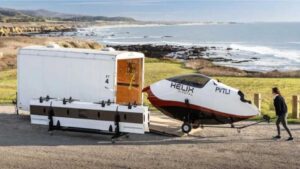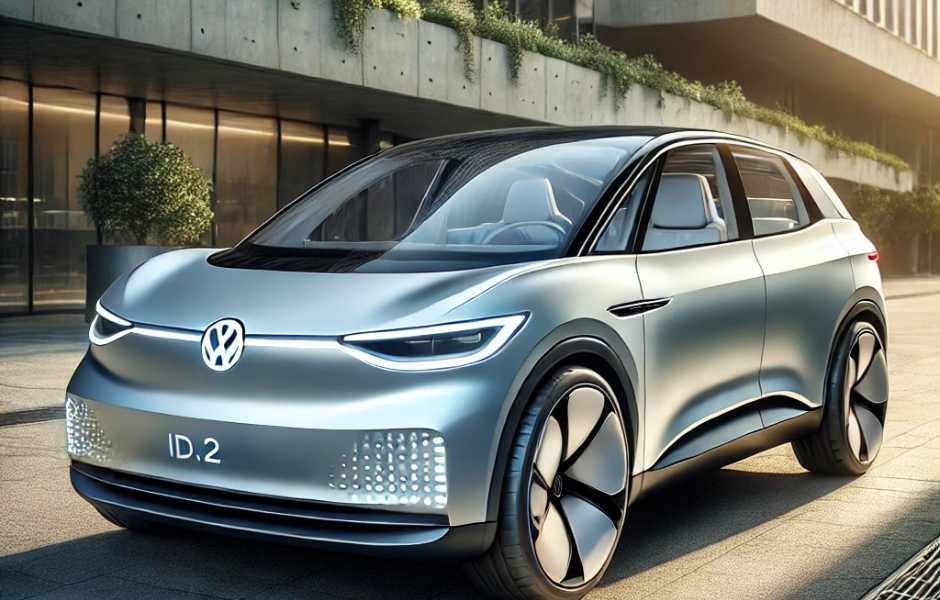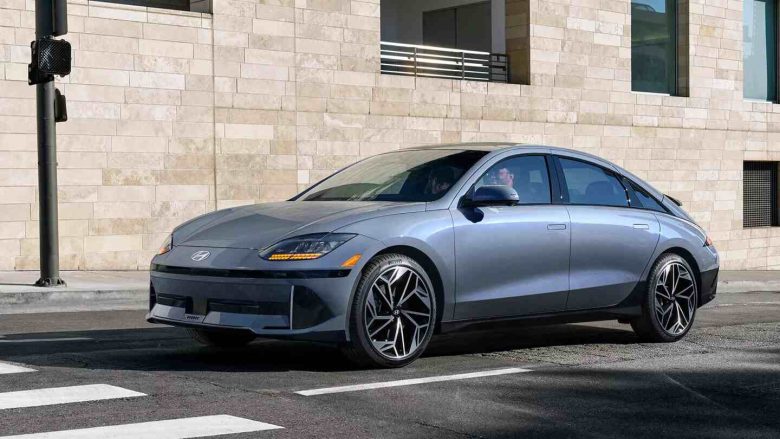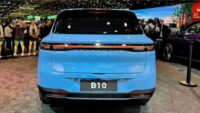The future that movies and dreams made of is now among us. Have you imagined flying cars, and seeing them most popular in the animated television show The Jetsons; well, it exists. There has been a lot of hope over the decades of hybrid vehicles and finally. A number of companies have come close to achieving creation of these unique cars, and a select few are proud owners of them.
The Birth of Flying Cars
Air cars have over time been portrayed in different movies, books, and television shows as part of vision for the twenty first century. Early concepts of flying cars were conceived in the middle of the 20^ th century; however. These could only come true when the innovation in aviation, self-driving systems and electric powertrains started happening. Some of the firms, like Alef Aeronautics, Joby Aviation, as well as SpaceX. Have been struggling to fine-tune the designs and always trying to solve the issues that come with flying automobiles.
Today after many years of development & getting through lots of regulatory issues flying cars are finally flying in the sky. Some of the models are fitted with vertical take off and landing (VTOL) meaning that they can easily be deployed in city. Environments because they do not require long strips for take-off and landing.

Self-Driving Cars That Let People Commit Traffic-Tripping Today
The flying cars of today are just as close in design to that of The Jetsons flying cars as one can imagine. About these vehicles, a lot of them are designed like aerocosmic cars with conditioned foldable wings or rotor systems for their use as both ground and air automobiles. Despite being general for consumers, a few lucky customers have already had received their own flying cars, with many ordering cars from around the globe.
Popular actual examples are the Model A from Alef Aeronautics – an all-electric flying automobile capable of both road and flight. Its design enables a vehicle to shift smoothly from actually driving on highways to possibly flying above the concrete jungle. It is estimated that the vehicle is expected to satisfy commercial consumers by 2025; however, early assessors are already in a position to experience its functionality today.

In this paper, we evaluate the effects of having flying cars in society.
Others indicated that with flying cars becoming a reality more soon, then the way people look at travelling could change. It can be seen that there is reality where vehicle can avoid traffic congestion and move directly to the required destination using helicopters. It is within the capability of this technology to significantly ease the traffic jam problem, extent travel time in densely populated areas and provide different possibilities in ways being created for the population of metropolitan areas. This discovery could revolutionise commutation, long distance traveling and perhaps even emergency response.
However, with any major advancement, there has to be challenges too. Striking a balance to the flying car for efficiency and safety of the air is a very important factor in its use; and there are policy marker around the globe who are putting adequate measures in place which would regulate air traffic so as to accommodate the flying car alongside other conventional transport aircrafts.
The Future of Personal Air Mobility
Today, flying cars are attainable only by early adopters and the wealthy, but availability for the general population does not seem to be much further down the line. In the future, due to continued advance in technology, flying cars will be easily produced at a cheaper cost hence, suitable for the public. Also, as tendencies in improving battery technology and range depth-up persist, flying cars may become a regular means of commute in the next few decades.
In the future years, flying car manufacturers will attract more industries into the market and therefore make the dream of flying cars come through. This often adage could be modified to the extent that the sky, in its very real sense is not the limit.














